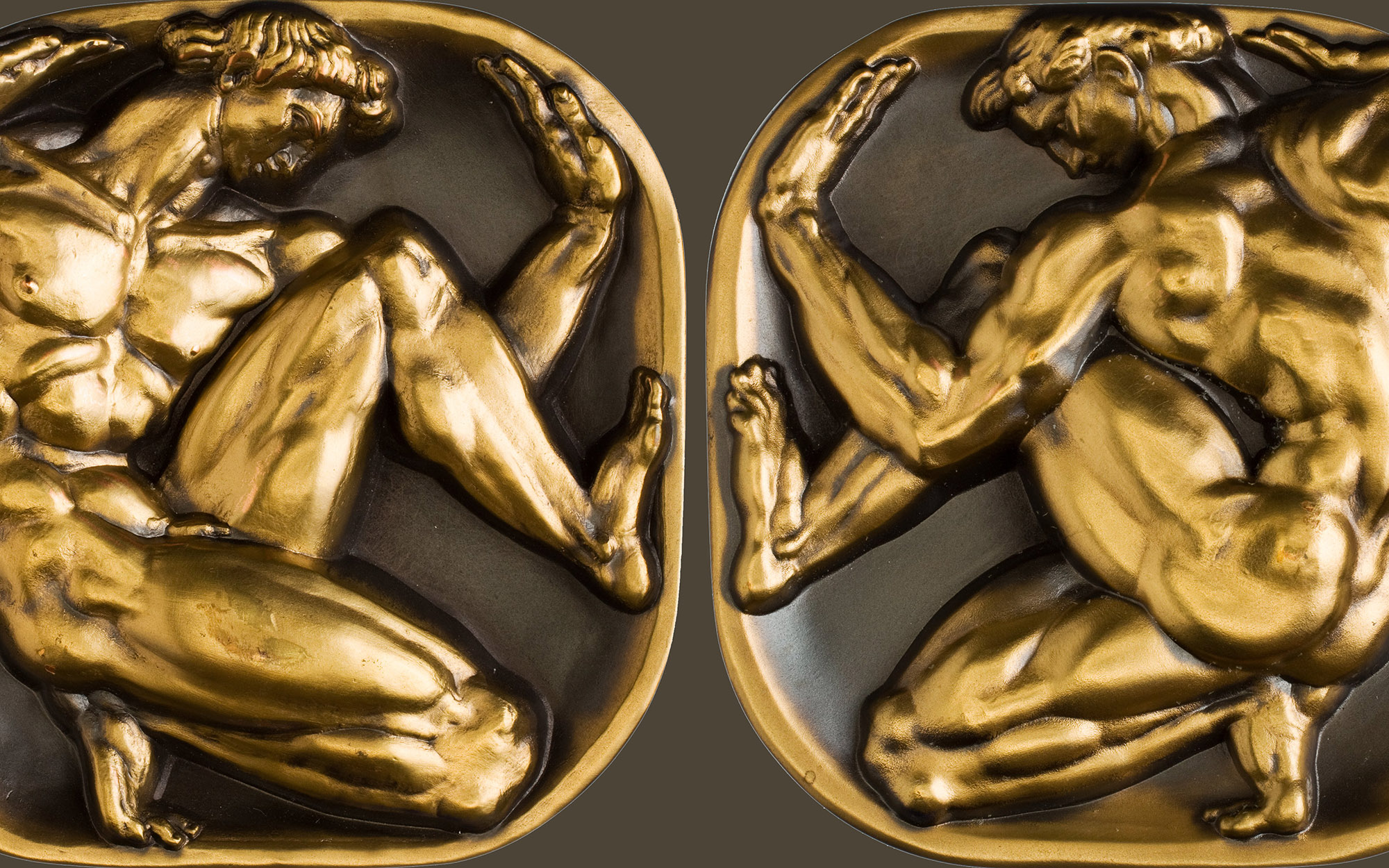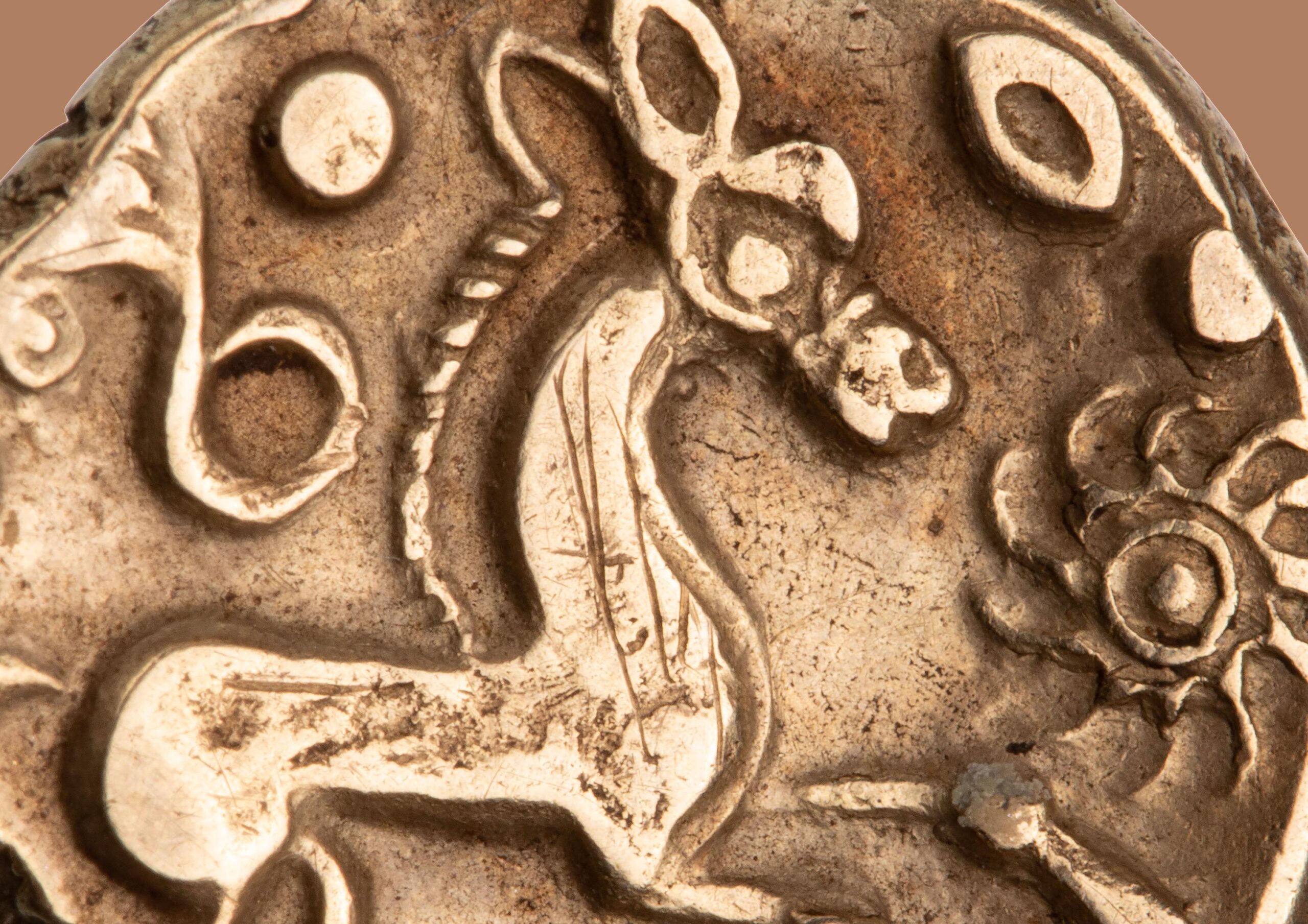Ask a Curator: Heaviest?
This post is part of an ongoing series that seeks to answer your questions about our collections. If there’s something you would like to know, please email us here.
Megan B. from Chicago asks:
What is the heaviest coin in the collection?
This has proved quite a contentious question, and led to several near injuries this morning as the curatorial staff roamed about picking up various objects.
The consensus that we have reached is that a piece of 17th-century Swedish plate money made during the reign of Charles X Gustav (right) is the best candidate. This 8 daler ‘coin’ is a rectangular sheet of copper measuring 2′ x 1′ and weighing approximately 31 pounds. Swedish plate money was produced in the 17th and 18th centuries in an attempt to use locally available copper as a monetary substitute for imported silver. Although you cannot really tell from this top view, the plate itself is only roughly level, and it varies between 3 mm and 5 mm in thickness.
This particular specimen came to the ANS from Riga, Latvia, where it was dredged out of the harbor formed by the tributary loop of the Daugava River. This was part of a long important regional trade route and the circumstances of its discovery suggest that it was deposited there as the result of a shipwreck.
The above close-ups of the dies hammered into the plate give the denomination (8 daler silvermynt), the authority under whom it was produced(Charles X Gustav), and the date of its issue (1659). Although not indicated on the plate itself, it was minted at Avesta, which is located approximately 100 miles northwest of Stockholm.
There were a few other candidates that were excluded for a variety of different reasons, including a rai stone from Yap, Mexican silver bars salvaged from a 16th-century shipwreck, and an enormous chunk of copper known as a mukuba wa matwi that was used for trade in 12th-century sub-Saharan Africa. The question also sparked some further discussion about what the heaviest singular object in the collection might be. The ANS has two large 19th-century American screw presses, including the one used by Christopher Bechtler to produce his gold coinage, but we believe that our weightiest object is actually a large marble relief carved by Gutzon Borglum. Famed as the driving force behind Mount Rushmore, Borglum was a sculptor and member of the ANS who performed some work for Arthur Huntington and the Society in the early twentieth century. The marble echoes a medal he made for a special occasion at New York City’s New Theatre in 1909.
Borglum’s artwork was restored a few years back and presently rests in our lobby. It portrays a nude female figure from behind with the symbolic masks of comedy and tragedy in her hands, and is ringed with the legend “All the World’s a Stage.” For more on its story, see Eric Silberberg’s excellent article in the Winter 2009 edition of the ANS Magazine.




